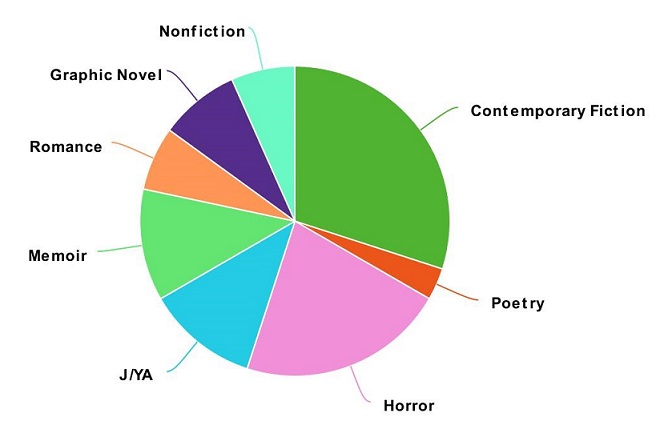Maybe it’s your 2022 resolution to read more, read more diversely or Read Harder. Maybe you read so much that you have trouble remembering what you’ve already read. Maybe you just love creating organizational systems (in which case, let’s hang out and organize our bullet journals together). There are a lot of fun reasons and methods for tracking your reading.
 One thing that you may not know is that the library’s catalog is set up to help you to track your reading. Logging in with your library card number and PIN (your birthday, MMDDYYYY) at the top right corner of the catalog logs you into an account where you can track what you’ve read, what you’re reading, and what you want to read later. You can also create lists on any theme your heart desires, like books featuring taxidermy or the favorite books of your worst online dates, and you can choose to make your profile private or public and follow other people. It is not unlike apps such as Goodreads or Storygraph.
One thing that you may not know is that the library’s catalog is set up to help you to track your reading. Logging in with your library card number and PIN (your birthday, MMDDYYYY) at the top right corner of the catalog logs you into an account where you can track what you’ve read, what you’re reading, and what you want to read later. You can also create lists on any theme your heart desires, like books featuring taxidermy or the favorite books of your worst online dates, and you can choose to make your profile private or public and follow other people. It is not unlike apps such as Goodreads or Storygraph.
Another option is a bullet journal. I am a bullet journal fanatic! I love the ability to completely personalize a planner to be exactly what you need. If you track your reading through a bullet journal, you get to customize what aspects of your reading to keep track of. You can track your number of pages, your personal ratings and reviews, or any reading challenges you may be taking part in. The possibilities are truly endless. We have some great books about getting set up with a bullet journal, including “The Bullet Journal Method” or “Beyond Bullets.”
If the idea of setting up a bullet journal from scratch seems intimidating, you could also just use a plain old journal. This can also be a way to interact with the books you read on a deeper level by journaling about them. If you’re interested in going that route, you may want to check out “The Novel Cure: From Abandonment to Zestlessness, 751 Books to Cure What Ails You.”
Whatever your method, there are also some fun things to track that you may not have thought of. For example, at the end of the year I like to see how much money the library saved me. Last year I read $1,052.40 worth of library materials,* which is up from my 2020 total of  $795.81 — and that’s just counting the books I finished! It’s also fun to make little charts of different aspects of your reading: which genres made up higher percentages of your reading, which formats, diversity, etc. Who doesn’t love a good pie chart? This also allows you to see how your taste has changed over time. For example, I initially though that 2021 was a rough year because of the pandemic. After making a pie chart of my reading last year, it’s now abundantly clear that 2021 was rough because I was not reading enough poetry. (Just kidding, but it probably didn’t help.)
$795.81 — and that’s just counting the books I finished! It’s also fun to make little charts of different aspects of your reading: which genres made up higher percentages of your reading, which formats, diversity, etc. Who doesn’t love a good pie chart? This also allows you to see how your taste has changed over time. For example, I initially though that 2021 was a rough year because of the pandemic. After making a pie chart of my reading last year, it’s now abundantly clear that 2021 was rough because I was not reading enough poetry. (Just kidding, but it probably didn’t help.)
All of that said, only track if it makes reading more enjoyable for you. While it is fun to see your progress, there is no point in wasting time with something that just feels tedious.
*Based on Amazon paperback prices for physical books, Kindle prices for ebooks, and Audible prices for audiobooks.
Image credit: Louise using spoons, Bullet Journal via Flickr (license)


